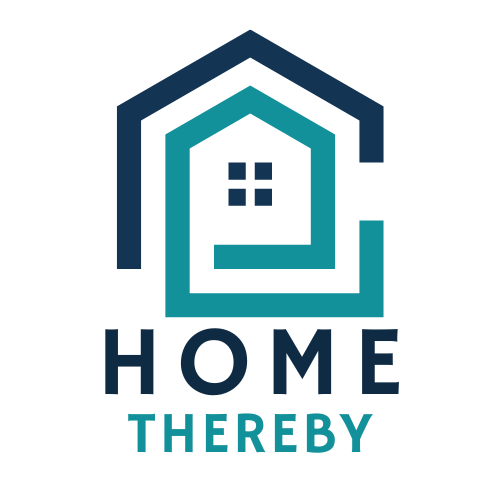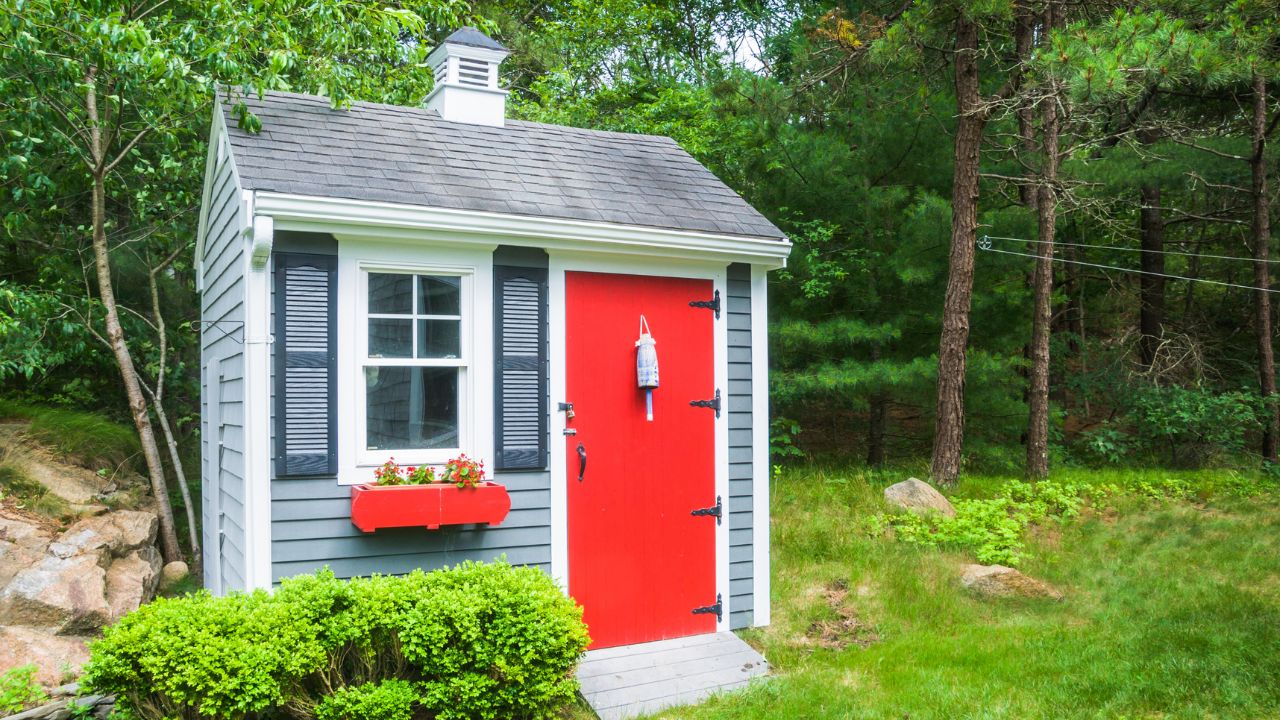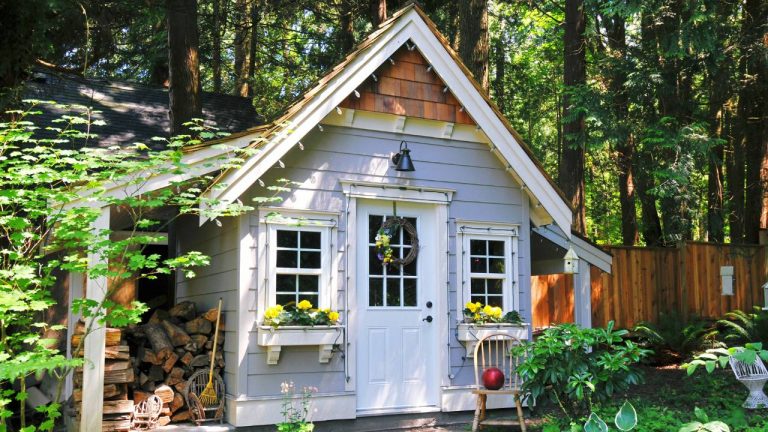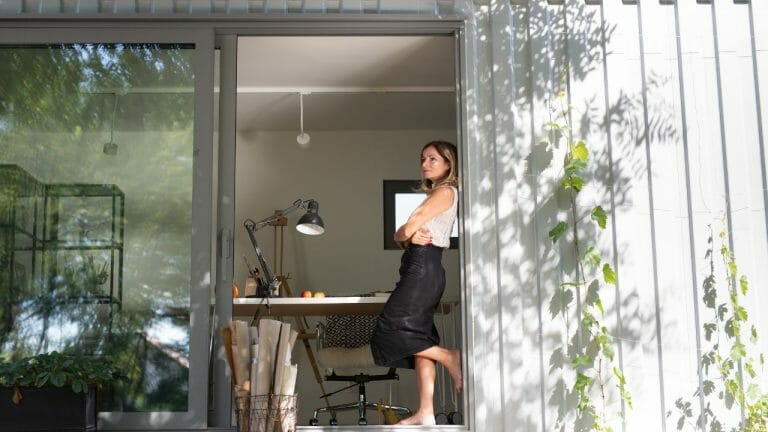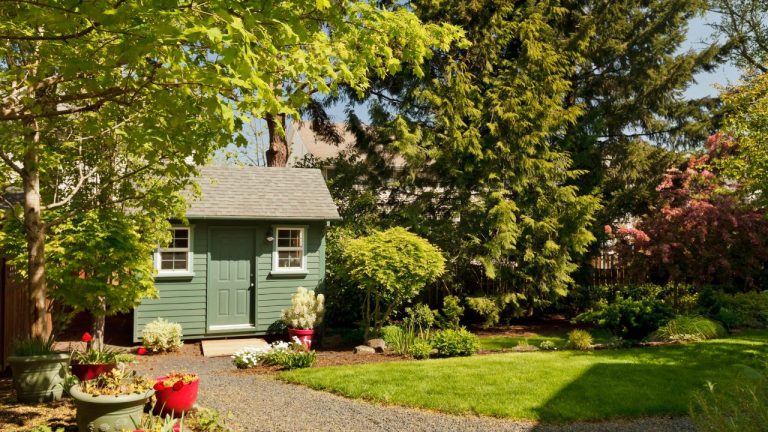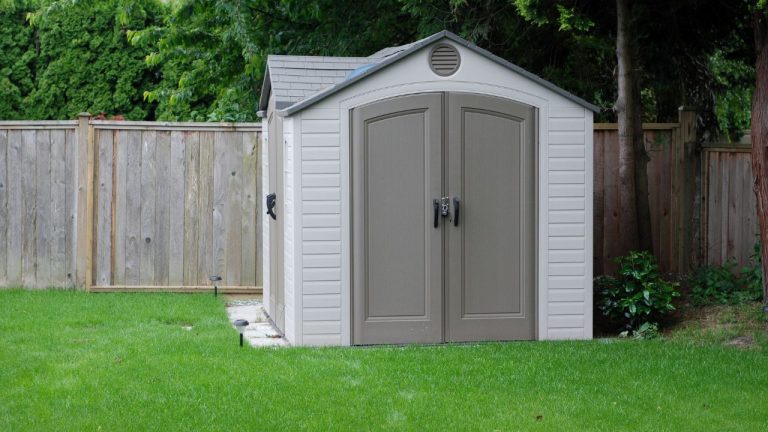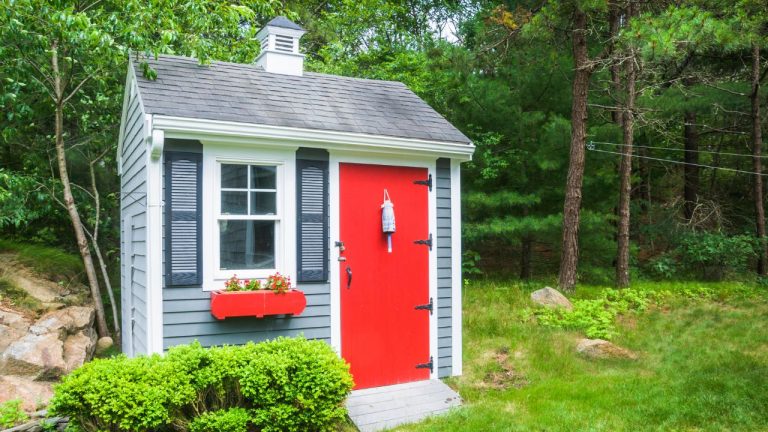Can I Run Power To My Shed From A Socket? 4 Ways
When we imagine a shed, we only think about a lightbulb hanging on the porch with minimum light emitting from it. But the more versatile sheds are becoming, the more demand for running power has been an issue.
You can run power to your shed from a socket. You can run electricity above the ground without digging any route for the line. However, electricity power run from only a socket might not be enough to generate electricity for the whole shed.
Running electricity is not a dillydallying job. You need to learn all about the process and alternatives before you execute putting electricity into your shed.
Can I Run Power To My Shed From A Socket?
It is very possible to run power to your shed from a socket outlet attached to your main house. A socket is connected to the main power panel of the house. When you run power to the shed from a socket, you are indirectly connecting the shed to the main power line.
You might wonder how safe this is. Well, they are relatively safe as long as the outlet is not overheated and overused. Usually, a powerhouse of the home is protectively installed in a basement or at the front side of the house.
In such cases, connecting the shed to the main panel can create too much hassle. If the socket is at the lawn porch which has a direct line to the shed, it is better to connect the shed through the socket.
3 Advantages Of Running Power To The Shed From A Socket
Running power to a shed is always a matter of concern. There are numerous ways to put electricity inside your shed but all of them come with both perks and cons. Let us see what perks and benefits you get by running power to the shed from a socket.
1. No Additional Line
Connecting an additional electrical line from the main powerhouse cannot be as easy as it seems. Firstly, you will need permission from the authorities to draw an additional connection. Also, you might need to invest a lot for a license for such a connection.
The cost of planting a line, purchasing additional cables, and digging the trench can put a heavy toll on your pockets. the main powerhouse might be too far from the shed and you will need more and more cable from the house to the shed.
2. No Digging
Connecting a shed to the main house can be tricky. You could run the line digging and planting poles across the garden. But most of the state laws will not permit planting a pole inside a residential area.
The only option left for you is to dig a route connecting the house to the shed and plant armored cables. The only way you can connect is via your garden. Now you have to be careful when you want to plant a seed or use a lawn mower. Because the risk of destroying the cables is always too high.
3. Run Armored Cable
When you plant the cables on the ground by digging up a hole, you need to invest in expensive armored cables. If you go for inexpensive options, the moisture of the earth and the insects living inside can gradually ruin the cables.
Armored cables also can be destructible. When the weather is too rough and the moisture is too dense, the cables fail to function properly. If any part of the cable needs fixing, you need to dig the hole again to mend it and repeat the process.
3 Disadvantages Of Running Power To The Shed From A Socket
Connecting the power of the shed with only a socket comes with cons and demerits too. Before you consider that this is a good idea to run power from only a socket, kindly go through the disadvantages of doing such a thing as well.
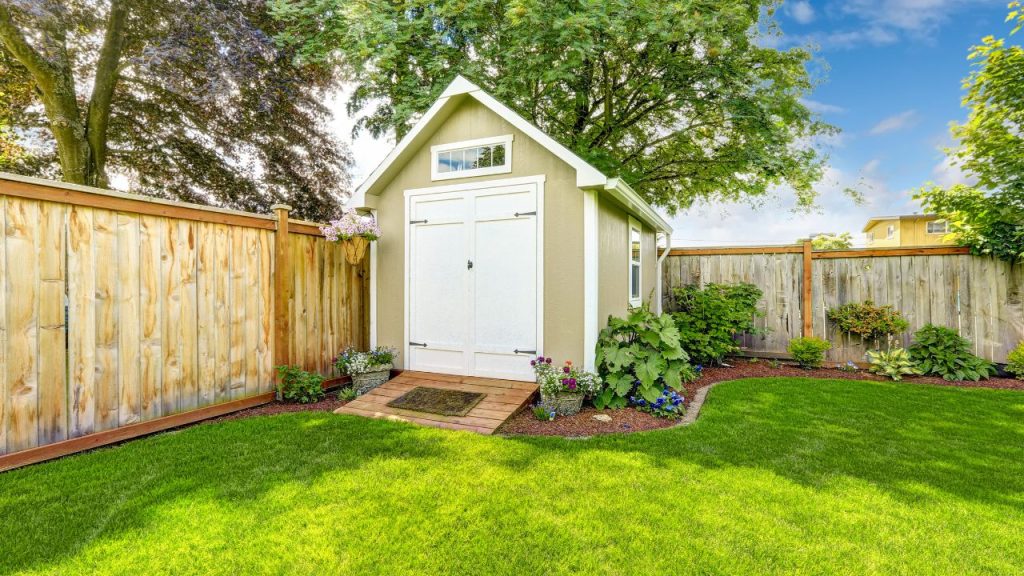
1. Tripping Hazard
A cable attached to your socket from the main house must be run through the garden above the ground. This is not only a tripping hazard but also a fire risk. If you have children or guests who are not aware of the power arrangement, there is a high risk of tripping over the line.
2. Short Circuit
A socket can supply up to 120V of electricity. This is not the minimal amount but the highest limiting volt. But when we connect an entire shed with such power, there can be too much pressure on one socket which can cause a short circuit. You must always calculate and be mindful of how much electricity you are using in your shed.
3. Maintenance
Maintenance of a cable attached to a socket of your house is not an easy task. The line will be susceptible to rough weather, ground moisture, and other deterring products. On the bright side, the cables will be easy to clean but on the other side, they will require rigorous maintenance.
Can I Run Power To My Office Shed From A Socket?
When you use your shed as an office, you not only require lights or fans but also power lines for computers are other relevant electrical devices. That is why it is important to list out all the facilities you are going to use in your office shed and then match the voltage level.
A laptop requires 30-70 watts of electricity to charge. Meanwhile, a heavy or gaming computer setup requires about 400-500 watts. An electric kettle needs 2-3 kilowatts to function in a day. you can install a light bulb from 2 watts to 100 watts depending on the brightness level.
As mentioned earlier, a socket outlet can supply 120 V of electricity. It takes 2400 watts and 20 AMPs to reach 120 V. So, subject to the amperes, you can use up to 2400 watts of electricity with a single outlet.
Can I Run Power To My Garden Shed From A Socket?
When you are using a shed for a garden, you don’t require too much electricity. Probably one or two bulbs would be enough. So, needless to say, you can run power to your garden shed from a socket only.
However, if you use the power from the shed to power up some forceful gadgets like lawnmowers, sprinklers, etc., you should know about the electricity surge of the gadgets before you plug them in. Also, when you use a powerful gadget, it is better to not use any other electric devices from the same socket outlet.
4 Alternative Ways To Run Electricity To The Shed
If you find that connecting the electricity of the entire shed with only one socket is overpowering and overwhelming, there are much safer and cheaper alternatives for you. You can certainly run power from a socket but explore these alternatives before making the big decision.
1. Connecting The Shed With Main Electrical Panel
This is the most popular and viable option honestly. Most homeowners opt for this option to power up their shed. The reason it is so popular is that you only have a one-meter board for the electrical bills, and you can power up the whole house with singular electrical panels.
However, you can’t just draw some cables from the house and power up the shed. You must learn and abide by the laws applicable to the states. If the authority permits you to connect electricity from the main power line, you can fetch a license and use power in your shed.
2. Separate Power Panel For The Shed
The electric cables that attach the main power panel to the shed work best within 20 meters range. After that, the signal begins to distort and create friction over the channel. If your shed is a bit far from the main house, you can install a separate power line for your shed.
A separate power line only for a shed might be a little too far-fetched but you will receive lots of perks too. If the powerline of the main house is disrupted for some reason, you can still use the shed’s power without any issue.
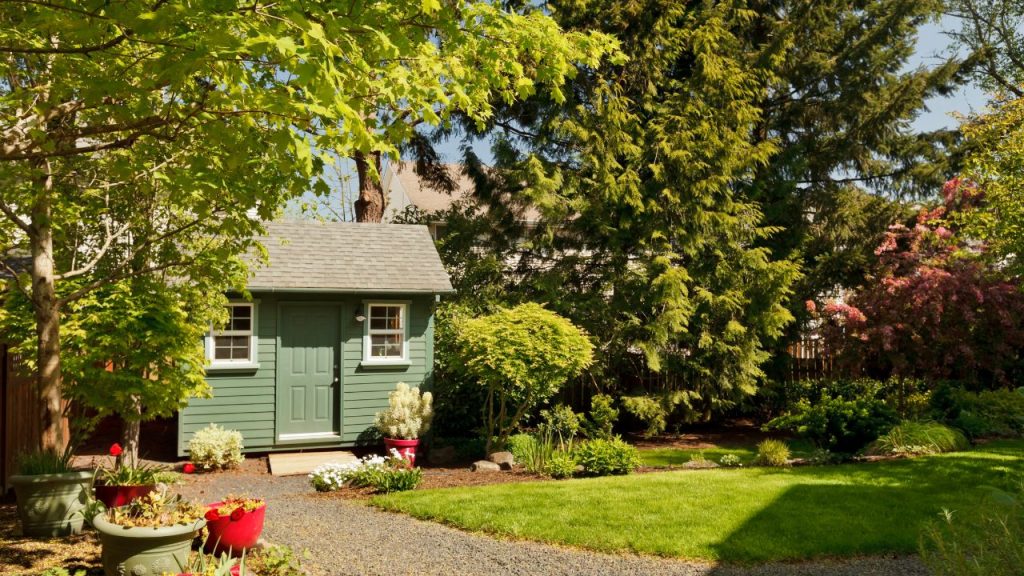
3. Solar Panel
As the shed is a very small place similar to a room, you can think out of the box and use some renewable energy sources to power up the shed. A shed’s electric demand is quite minuscule. Hence, it can easily be quenched by the solar system.
A solar panel, on average, can generate 250 to 400 watts of electricity per hour. Monthly, the solar can generate 56 kWh which is more than enough for a shed. But if your shed is abundant with electrical devices and facilities, one single panel might not cover it up.
4. Generator
Installing a separate generator might be the easiest option for you. You don’t have to run around the buildings for a permit and don’t have to depend on the main power panel to run electricity to the shed.
The best part of a generator is you can use it as per your electricity demand. Although the fuel price is quite high, you can power the shed with .75 gallons of fuel per hour. Of course, the sound might cause a distraction for you, and they are not environmentally friendly, but they are quite the easiest.
Final Words
Running power to the shed is always the toughest and biggest challenge. There are loads of options, but they are loaded with both pros and cons for you. All you have to do is figure out whether running power to your shed from a socket is the right option for you or not. Once you figure that out, insulate your shed by reading this article How Do You Insulate A Shed Office?
